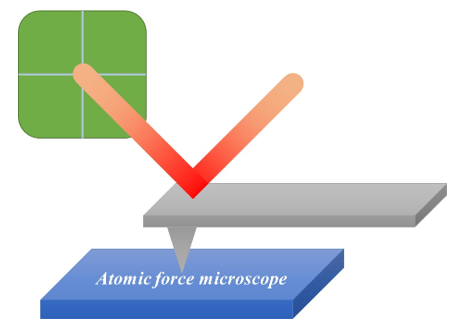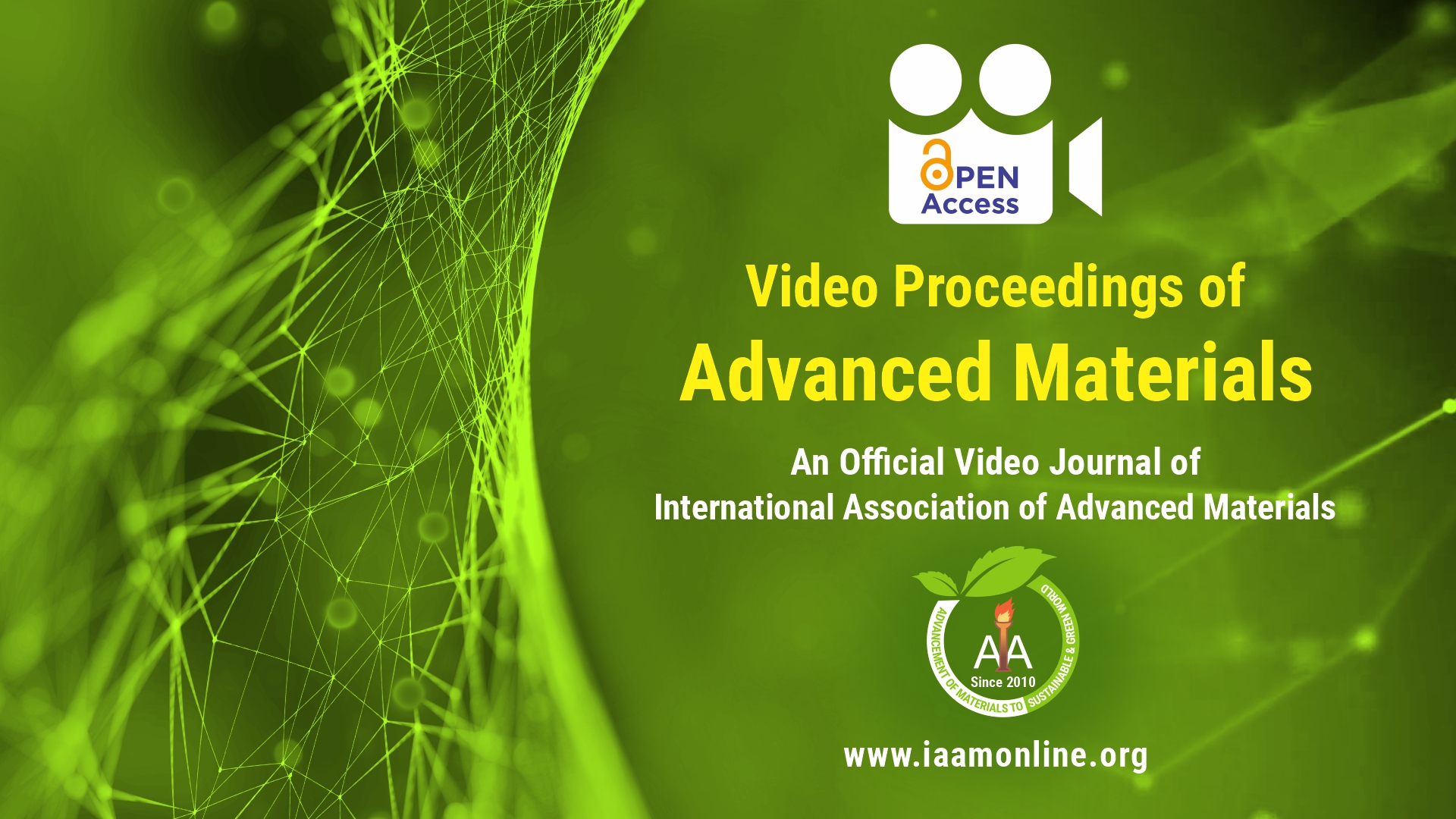Video Article Open Access
Atomic Force Microscope-Based Investigation of 0D and 2D Nanomaterials
Sangmin An
Department of Physics,Institute of Photonics and Information Technology, Jeonbuk National University, Jeonju 54896, Republic of Korea
Vid. Proc. Adv. Mater., Volume 3, Article ID 2206293 (2022)
DOI: 10.5185/vpoam.2022.06293
Publication Date (Web): 13 Sep 2022
Copyright © IAAM
Graphical Abstract

Abstract
Atomic force microscopy (AFM) [1]. is one of the important tools for investigation of 0 dimensional (0D) and 2 dimensional (2D) nanomaterials revealing their intrinsic properties such as mechanical, electrical, optical properties. In this lecture, I introduce the operation principle of the atomic force microscope and their practical applications with several novel techniques (Kelvin probe force microscope, Lateral force microscope, Young's modulus [2], advanced AFM with quartz tuning fork [3], etc) for 0D (nanoscale water meniscus [4],) and 2D (graphene, Transition metal dichalcogenides) nanomaterials.
Keywords
Atomic force microscope, nanoscale water meniscus, graphene, Transition metal dichalcogenide monolayers.
Acknowledgement
This work was supported by the National Research Foundation of Korea (NRF) grant funded by the Korea government (Ministry of Education and Science Technology, MEST) (No. 2020R1I1A1A01070755).
References
- G. Binnig, C. F. Quate, Ch. Gerber, Physical Review Letters, 1986, 56(9), 930-933.
- S. Kim, Y. Lee, M. Lee, S. An, S.‐J. Cho, Nanomaterials, 2021, 11, 1593.
- F. J. Giessibl, Review of Modern Physics, 2003, 75, 949-983.
- S. Kim, D. Kim, J. Kim, S. An, W. Jhe, Physical Review X, 2018, 8, 041046.
Biography
Assistant Professor Sangmin An is based in the Department of Physics of Jeonbuk National University, South Korea. He received his PhD in Physics (AFMbased study on nanomaterials) from Seoul National University, South Korea. Following research into NIST in the USA (3 years) and SNU (3 years) as a researcher, An is continuously focusing on 0D & 2 D nanomaterials via the advanced AFM (STM, SEM and optics).
Video Proceedings of Advanced Materials

Upcoming Congress



